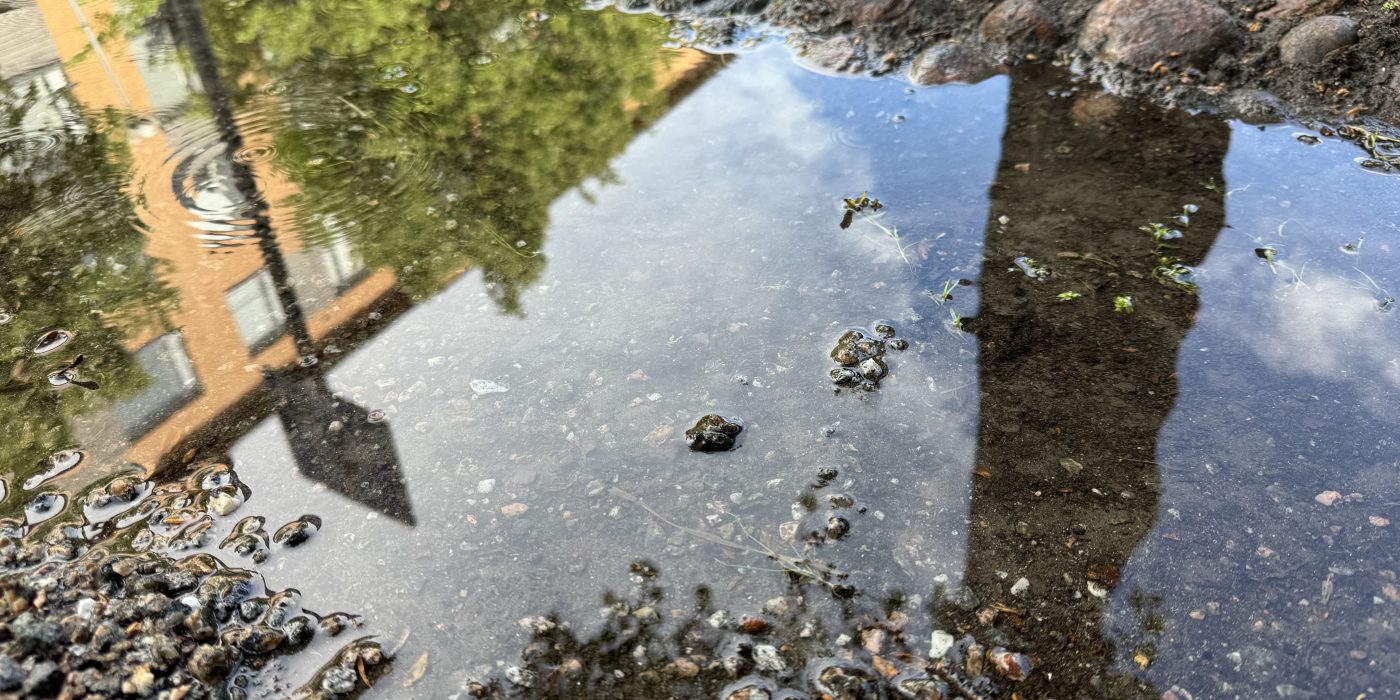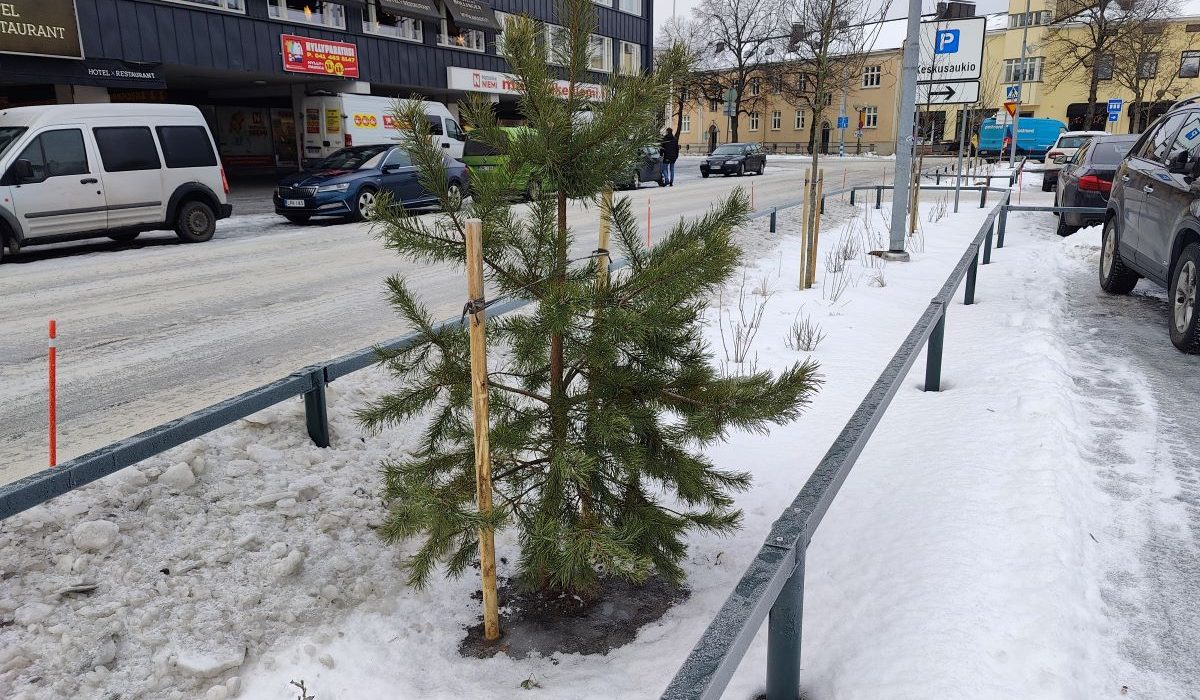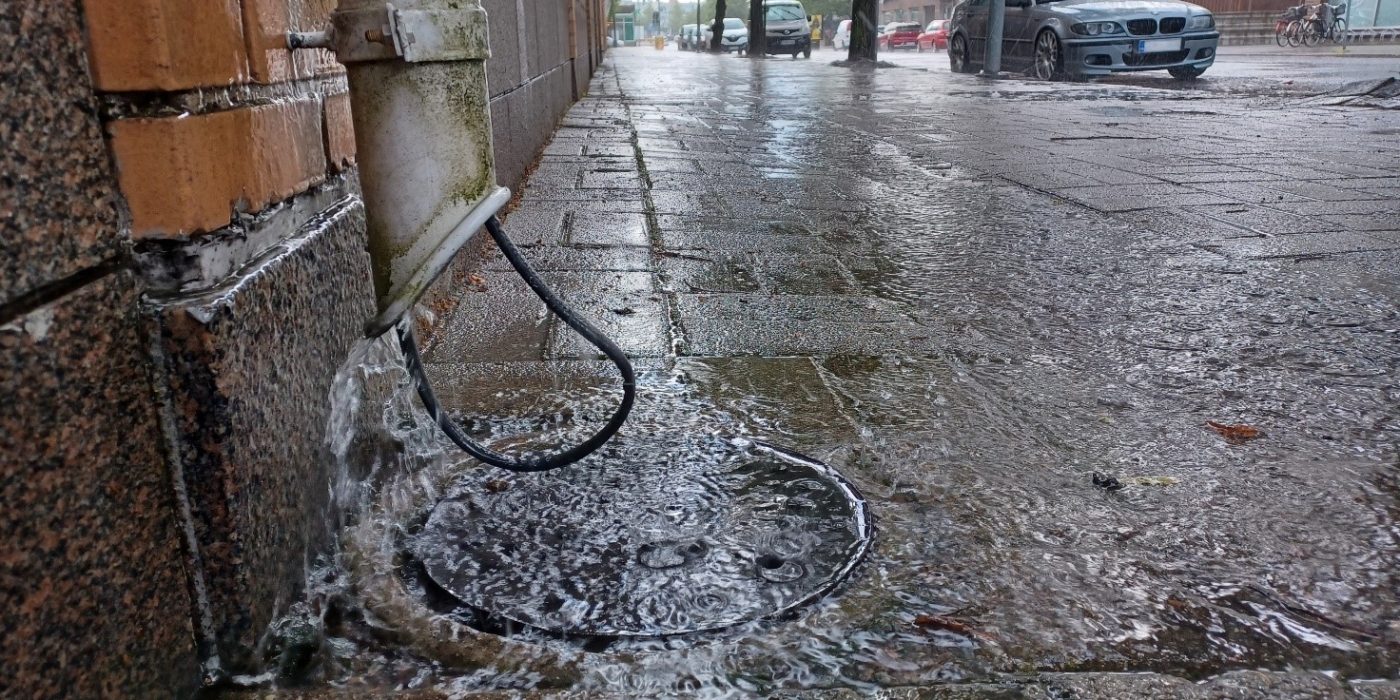A Year in Review for MUSTBE Activities
Since the MUSTBE project began in May 2023, the project consortium has been busy laying out the foundation for the project’s successful implementation – tackling the issue of stormwater pollution by developing innovative multi-benefit stormwater management systems through seven pilot sites. Developing a monitoring program, procurement guide and preliminary designs for the project’s nature-based solutions (NBS) are some of the several tasks completed in the first year of the project.
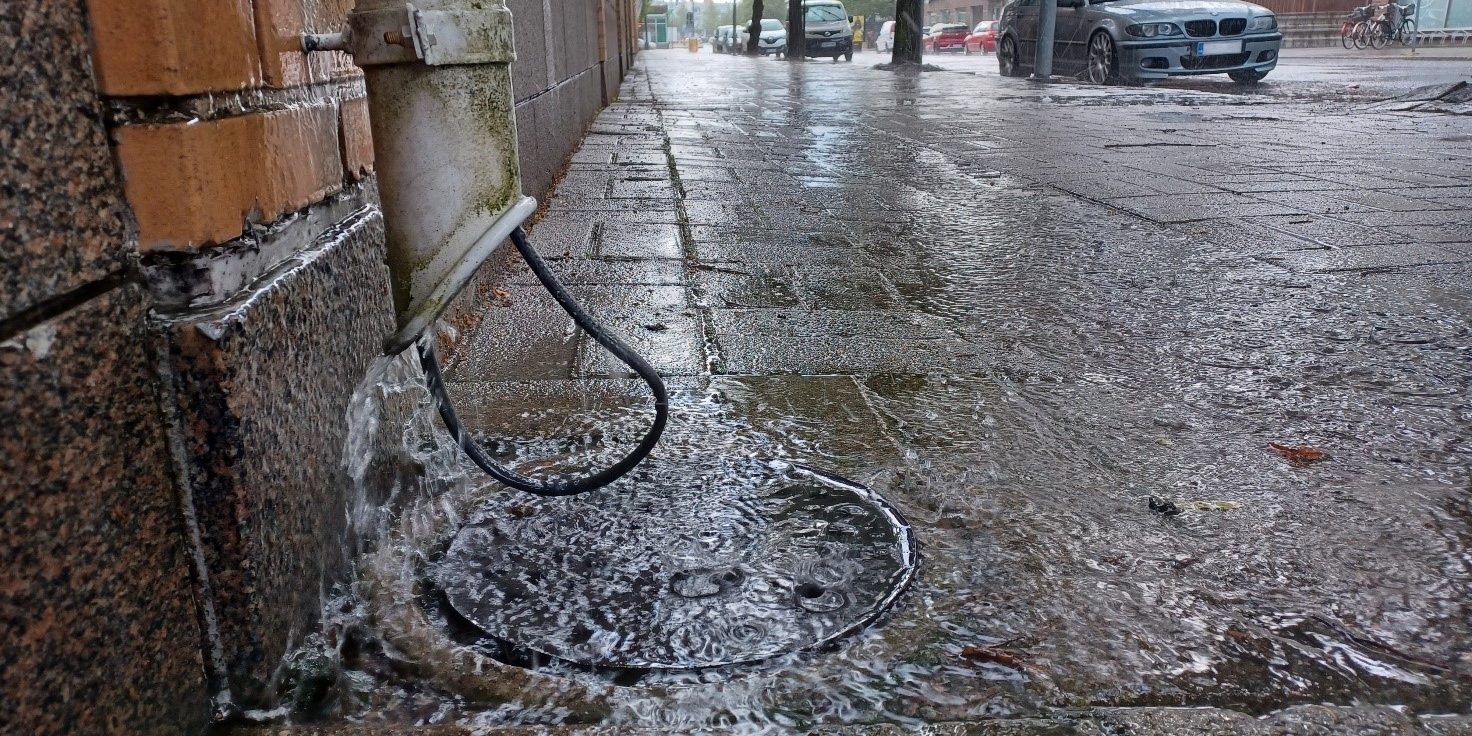
The MUSTBE project has altogether seven pilot sites in four countries: Viimsi, Tallinn (Estonia), Riga (Latvia), two pilot sites in Pori (Finland), and two pilot sites in Söderhamn (Sweden). The activities started with setting the initial water quality baseline and target level which will be used to calculate each of the pilot sites’ impact in the improvement of water quality at the end of all the activities. The main water quality parameters relevant in the project include total suspended solids, pathogens (e-coli), total nitrogen, hydrocarbons and metals. The parameters for specific sites were chosen based on the sub-catchment and receiving water courses specifics.
To support this, field surveys were carried out at the seven pilot sites. This included water quality and quantity samples to clarify the baseline water quality parameters for each pilot site as well as to establish a better understanding about the variations in each stormwater system and the receiving water bodies. The gathered data was further used to build the hydraulic models of the systems to analyze the performance in different scenarios as well as for designing the technical solutions and to detect the site-specific burdens and enablers.
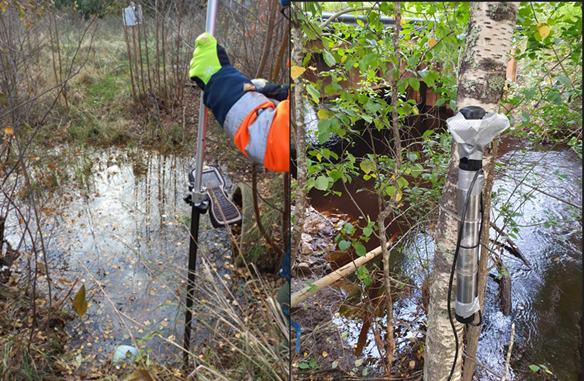
As the project not only includes the construction of the pilot sites but also the monitoring of the effectiveness of the solutions, a joint monitoring program was developed in order to provide uniform and comparable monitoring data structured around specific ecosystem services needed for developing and implementing NBSs. The program contains monitoring frequency, monitoring techniques, and measured parameters, to ensure validity and uniformity of results. As such, it will indicate if the quantitative and qualitative objectives have been achieved and provide information to support the effective management and implementation of the project.
Leveraging Digitalization and Experience-Sharing for Resilient Urban Stormwater Management
Digitalization is key to understanding the complex behaviors of urban stormwater runoff and finding the best solutions to reduce the impact from urban water systems on the Baltic Sea. Therefore, a geographic information system (GIS) database was set up and developed for the pilot sites. The purpose was to connect available data with maps for the analysis of the multi-hazard factors like stormwater runoff quantity and quality, available public space, transportation needs, real-estate developments, ground shape, recreation and non-market benefits of NBS. The deliverable report highlights the importance of strong cooperation and leadership, among other things, in water related data management. In addition, both data quality and data governance should be emphasized in a functional GIS database. The project’s database includes data from public and municipality sources and will be updated throughout the project.
In addition to the technical work, a 2-day experience exchange event was held in Riga to improve the NBS pilot concepts. The event was comprised of external expert presentations and open experience-sharing and brainstorming workshops to create and present the best ideas for solutions of the pilot sites. As a result, several possible solutions for all pilot concepts were analyzed and further developed.
Advancing to the Next Stage: from Procurement to Implementation
To prepare for the upcoming procurement processes of the pilot sites, a guide for preparation of procurements for nature-based stormwater treatment solutions was started. It includes, for example, defining and communicating with stakeholders, technical and qualification requirements, choosing the procurement approach and the do’s and don’ts when preparing procurement documentation. The guide will be updated based on the experience gained and lessons learned after each project period.
Following this, the preliminary technical designs were prepared for each pilot site. The preliminary designs were chosen based on the results of a multi-objective and cost-benefit analysis to determine the most economically sound NBS as well as to ensure the most efficient land use for NBS and minimize conflicts between stakeholders, such as roads and real-estate developers. The effectiveness and impact of the NBS was estimated using four potential benefits – flood reduction, improvement of water quality, public health and well-being, and reduction of urban heat. It was concluded that all investments planned in the project are positive in terms of their cost-benefit – meaning that the smart NBS solutions implemented will generate more benefits than acquire investments over a 30-year period.
With the preliminary designs prepared, the project can proceed to the detailed designs and construction procurements. In addition, a maintenance manual for the NBS will be prepared. The construction of the solutions will follow.
Engaging Target Groups for Cross-Border Dissemination
Communication is key to disseminating information about the project to target groups and stakeholders. Several news items, articles, press releases and media articles have been published about the project. Project partners have been active in participating and promoting the project in various seminars and events, as well as on social media. Furthermore, the first cross-border event to support and have commitment of target groups was held in Tallinn. The event focused on information exchange and sharing the progress of the project so far.
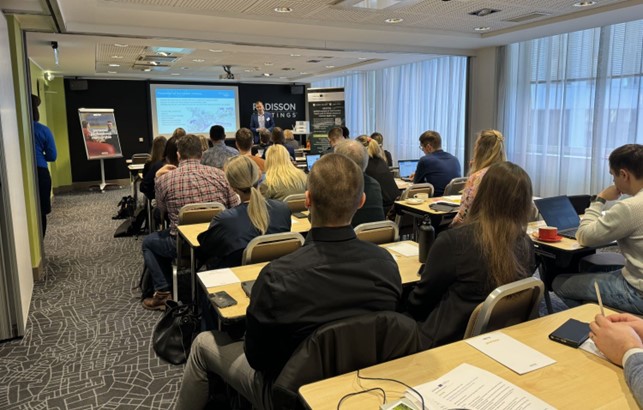
Dissemination activities will actively continue throughout the project. On October 1-2, the second cross-border event will take place in Pori, Finland – all interested parties are welcome to join and hear expert presentations on topics surrounding stormwater! Find the agenda and registration form here.

